Ever wonder why some foods on your grocery shelf can’t be found in European markets? Many common ingredients in American foods have been banned across the Atlantic due to health concerns.
While the FDA considers these additives safe, European food authorities have taken a more cautious approach. Here’s a look at what Europeans won’t eat but Americans still do.
1. Artificial Food Dyes: The Rainbow of Risk
Those vibrant colors making cereals and candies so appealing? They might be harming more than helping. Red 40, Yellow 5, Yellow 6, and Blue 1 are synthetic chemicals derived from petroleum that give Skittles, Fruity Pebbles, and countless other American treats their eye-catching hues.
European scientists found these dyes may trigger hyperactivity and attention problems in children. Rather than banning them outright, the EU requires warning labels stating: “May have adverse effect on activity and attention in children.” Many manufacturers reformulated their European products using natural alternatives like beetroot and turmeric.
Meanwhile, Americans consume about 15 million pounds of artificial food dyes annually, often without realizing the potential risks lurking in those brightly colored treats.
2. Brominated Vegetable Oil: The Flame Retardant in Your Soda
Mountain Dew’s distinctive neon glow comes with a concerning secret ingredient. Brominated vegetable oil (BVO) keeps citrus flavoring from separating in sodas, but it shares chemical properties with flame retardants and was originally patented as one.
Medical research links BVO consumption to memory loss, nerve disorders, and skin conditions. The European Union banned it back in 2008, followed by Japan and India. Bromine builds up in the body over time and can displace iodine, potentially damaging thyroid function.
After years of consumer pressure, PepsiCo and Coca-Cola announced plans to remove BVO from their products, but it still appears in some regional American sodas and sports drinks. Check those ingredient lists carefully!
3. Potassium Bromate: The Bread Booster with Cancer Concerns
That perfectly fluffy texture in your favorite sandwich bread might come with unwanted health baggage. Potassium bromate strengthens dough and helps bread rise higher, making it a favorite among commercial bakeries looking to speed up production and improve texture.
The problem? It’s classified as a possible human carcinogen by international health authorities. Laboratory studies link it to thyroid and kidney tumors in animals. The EU, UK, Canada, Brazil, Peru, China, and many other nations have banned it outright.
American manufacturers insist the bromate breaks down during baking, leaving no harmful residue. However, studies show that when baking temperatures aren’t hot enough or time is too short, dangerous amounts can remain in the finished product.
4. Azodicarbonamide: The Yoga Mat Chemical in Your Sandwich
Remember when Subway faced backlash for using a chemical found in yoga mats? That was azodicarbonamide (ADA), a whitening agent and dough conditioner that gives bread that perfect, airy texture. Fast food chains and commercial bakeries love it because it makes dough easier to handle and produces consistent results.
The World Health Organization links ADA to asthma and respiratory issues in workers handling the pure chemical. When baked, it creates semicarbazide, a compound that has shown carcinogenic properties in some studies.
The EU banned it years ago, requiring bakers to use natural alternatives. Yet in America, ADA appears in nearly 500 food products from bread to pizza dough, frozen dinners, and packaged baked goods – often without consumers even realizing it.
5. Titanium Dioxide: The Whitening Agent with Dark Secrets
The pristine white coating on candies like Skittles and M&Ms often comes from titanium dioxide, a mineral also used in sunscreen and paint. Food manufacturers add it to make products appear brighter and more appealing, especially in candies, frostings, and chewing gums.
In 2022, the European Food Safety Authority declared titanium dioxide no longer safe as a food additive after studies showed it could damage DNA and potentially lead to cancer. The tiny nanoparticles can accumulate in organs and cross the blood-brain barrier.
Mars Inc. faced lawsuits in America over the ingredient yet continues using it in US products while reformulating European versions. Consumers looking to avoid it should check ingredient lists for “titanium dioxide” or “E171” and choose naturally colored alternatives.
6. Red Dye No. 3: The Cherry-Colored Carcinogen
That bright pink frosting on your favorite cookies might be harboring a controversial colorant. Red Dye No. 3 (erythrosine) gives maraschino cherries their vibrant hue and appears in candy, popsicles, and even some medications despite troubling health concerns.
The FDA actually banned this dye from cosmetics and externally applied drugs in 1990 after studies linked it to thyroid tumors in laboratory animals. Bizarrely, the agency never extended this ban to food products, creating a strange regulatory contradiction.
European countries took a more cautious approach, prohibiting Red No. 3 in foods entirely. California recently passed legislation banning it along with several other additives, potentially setting the stage for nationwide changes as manufacturers reformulate to meet different regional requirements.
7. Ractopamine: The Muscle-Building Drug in Your Meat
American bacon might contain more than just pork. Ractopamine, a drug fed to pigs, cattle, and turkeys in their final days before slaughter, increases lean muscle mass and reduces fat content. For farmers, this means more profitable meat production with less feed.
Health experts worry about its effects on humans consuming treated meat. Studies link ractopamine to cardiovascular issues, hyperactivity, and muscle tremors. The drug works by mimicking stress hormones, essentially putting animals in a constant fight-or-flight state.
Over 160 countries including Russia, China, and the entire European Union have banned its use in meat production. Yet America continues allowing it without requiring any withdrawal period before slaughter or labeling on final products. The only way to avoid it is choosing certified organic or ractopamine-free labeled meats.
8. rBGH: The Controversial Cow Hormone
Got milk? If you’re in America, it might contain recombinant bovine growth hormone (rBGH). This synthetic version of a natural cow hormone increases milk production by up to 20%, boosting dairy farm profits. Monsanto (now Bayer) developed and marketed it under the brand name Posilac.
European regulators banned rBGH in 1990 based on animal welfare concerns. Treated cows suffer higher rates of mastitis (udder infections), lameness, and reproductive problems, leading to increased antibiotic use. These antibiotics can potentially enter the milk supply and contribute to antibiotic resistance.
Some studies suggest milk from rBGH-treated cows contains elevated levels of IGF-1, a hormone linked to certain cancers. While the FDA maintains it’s safe, many American consumers now seek out rBGH-free options, driving a market shift toward hormone-free dairy products.
9. Olestra: The Fat Substitute with Embarrassing Side Effects
Remember those WOW! Chips from the 1990s? They contained olestra (brand name Olean), a fat substitute that passes through the digestive system unabsorbed. This miracle ingredient promised guilt-free snacking with zero calories from fat.
The reality proved less appetizing. Olestra prevents absorption of fat-soluble vitamins and carotenoids that protect against cancer and heart disease. Worse, it earned the nickname “leakage” for its notorious side effects: abdominal cramping, loose stools, and anal leakage so severe that some consumers reported ruined clothing.
The FDA eventually required warning labels stating it “may cause abdominal cramping and loose stools.” European food authorities took one look at the research and banned it entirely. Though technically still approved in America, olestra has largely disappeared from store shelves after consumer rejection.
10. GMOs: The Genetic Divide Across the Atlantic
American corn fields look identical to European ones, but their DNA tells a different story. Genetically modified organisms (GMOs) dominate U.S. agriculture, with over 90% of corn, soybean, and cotton crops containing engineered genes for herbicide resistance or pest control.
Europe took a radically different approach. The EU requires rigorous safety testing, mandatory labeling, and maintains the precautionary principle: without proof of safety, GMOs face severe restrictions. Most European countries have partial or complete bans on GMO cultivation.
The debate centers on long-term health and environmental impacts. While American regulators consider GMOs substantially equivalent to conventional crops, critics worry about increased herbicide use, potential allergenicity, and ecological disruption. This transatlantic divide means many American processed foods would require reformulation to even appear on European shelves.
11. BHA and BHT: The Preservatives with a Questionable Safety Record
That cereal staying fresh for months in your pantry? Thank BHA and BHT. These petroleum-derived preservatives prevent oils in foods from going rancid by fighting oxidation. They appear in everything from breakfast cereals to potato chips, chewing gum, and even some butter spreads.
Animal studies link these additives to cancer, endocrine disruption, and developmental effects. The National Toxicology Program classifies BHA as “reasonably anticipated to be a human carcinogen.” European authorities have taken a stricter stance, banning BHA from infant foods and restricting BHT usage levels.
Many American manufacturers have voluntarily phased out these controversial preservatives in response to consumer pressure. General Mills removed them from most cereals, and Kellogg’s pledged to eliminate them entirely. Natural alternatives like vitamin E (tocopherols) and rosemary extract offer similar preservation benefits without the health concerns.
12. Farm-Raised Salmon: The Pink-Dyed Fish on Your Plate
That vibrant pink salmon fillet at your grocery store hides a colorful secret. Farm-raised salmon naturally have grayish flesh, not the appealing pink-orange of wild salmon. Farmers add synthetic astaxanthin to their feed to create that familiar color consumers expect.
European regulations on farmed salmon are significantly stricter than American ones. Many EU countries limit antibiotic use, require lower stocking densities, and mandate better waste management. Some have banned certain farming practices entirely due to environmental concerns.
Beyond the artificial coloring, American farmed salmon may contain higher levels of PCBs, dioxins, and other contaminants than their European counterparts. The cramped conditions in many U.S. operations also lead to increased parasite problems and reliance on pesticides like emamectin benzoate, which is restricted in EU aquaculture.
13. Pink Slime: The Ammonia-Treated Meat Filler
The term “pink slime” entered public consciousness in 2012 when whistleblowers revealed what really goes into some ground beef. Officially called “lean finely textured beef,” it’s made by heating beef trimmings and spinning them in a centrifuge to separate fat, then treating the remaining product with ammonia gas to kill bacteria.
European food authorities rejected this process outright. They questioned both the ammonia treatment and whether the resulting product should even qualify as meat rather than a processed ingredient requiring separate labeling.
After initial outrage, pink slime quietly returned to American meat supplies. USDA regulations allow it in ground beef without disclosure on packaging. Schools can choose whether to use it in lunch programs. The only guaranteed way to avoid it is buying beef from producers who explicitly state they don’t use it or grinding your own meat at home.
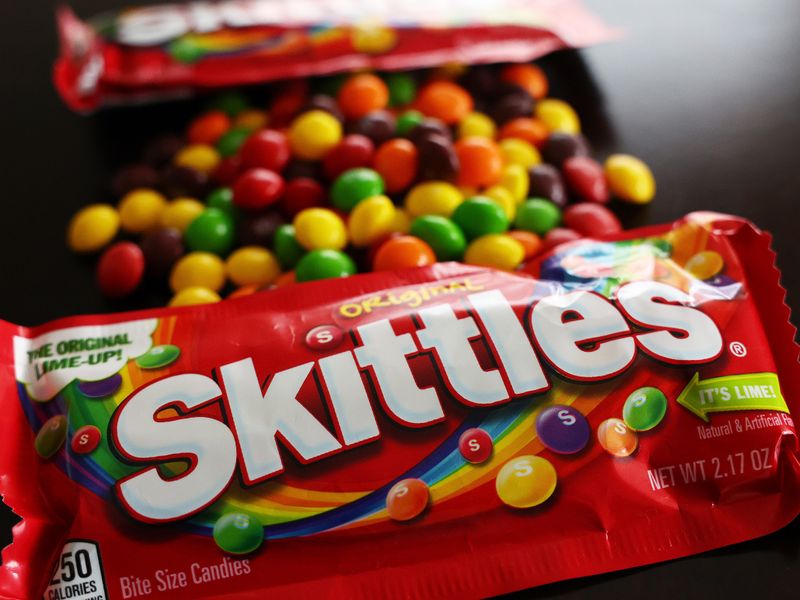
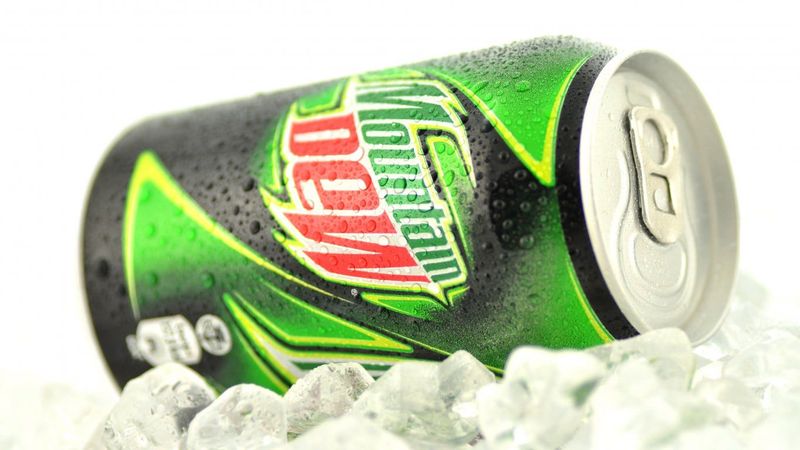
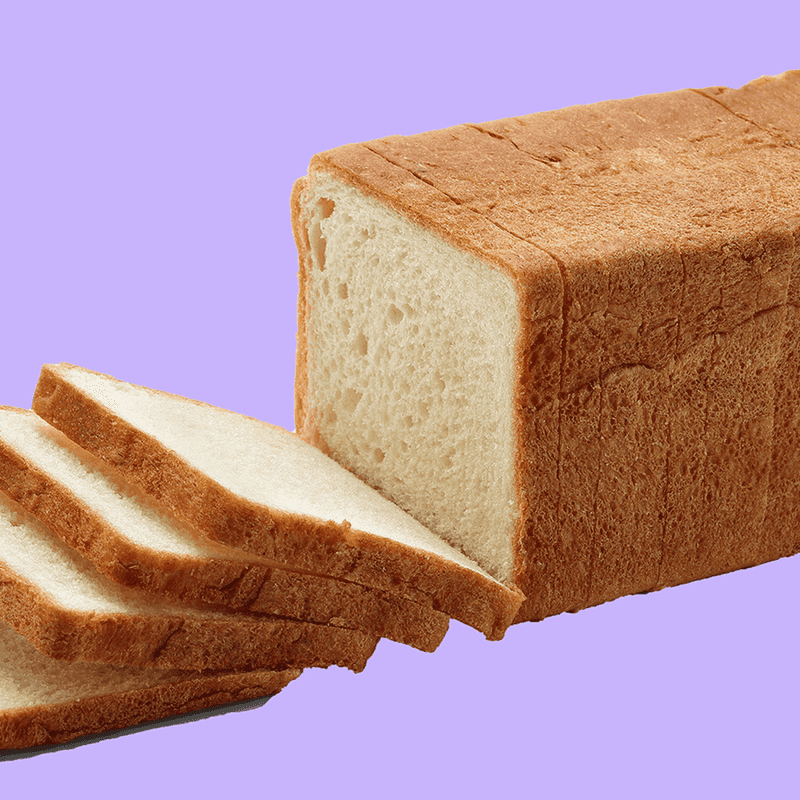
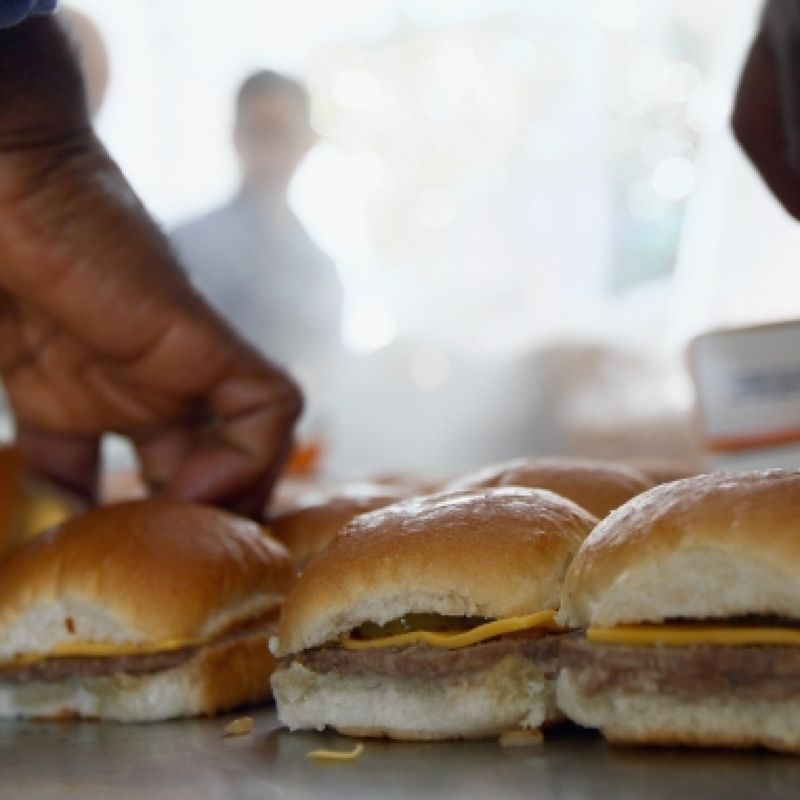
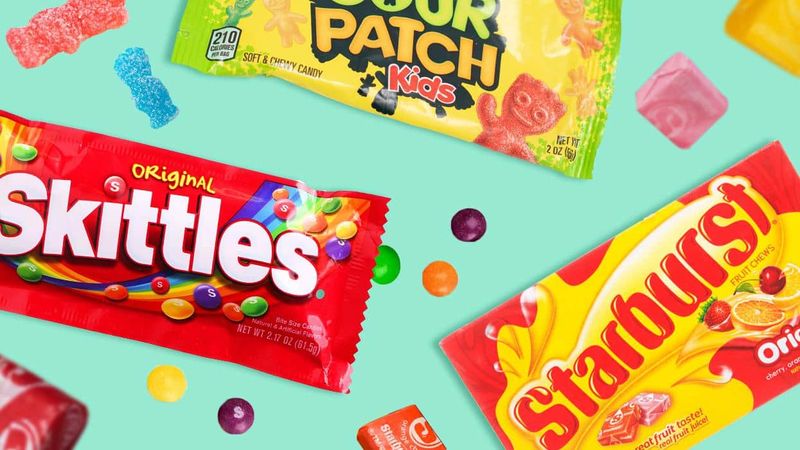
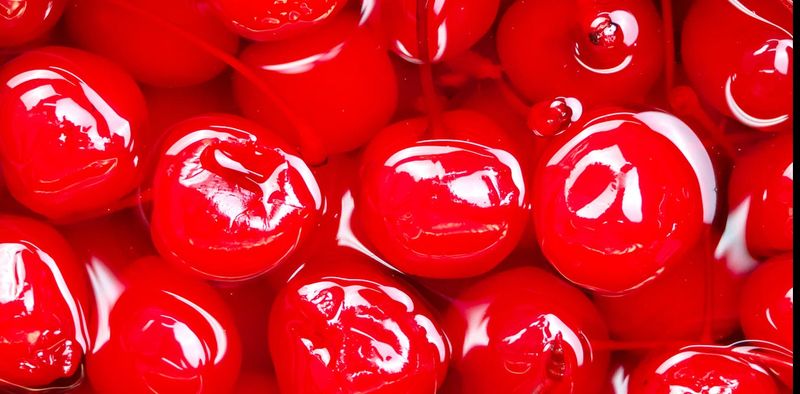
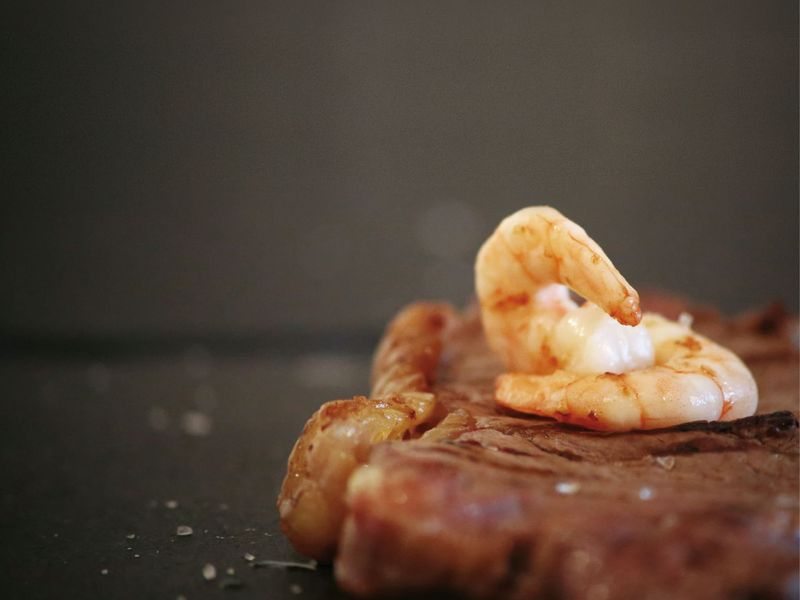
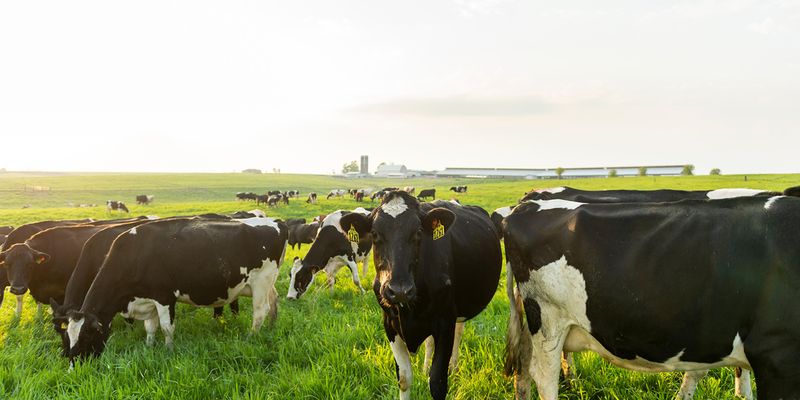
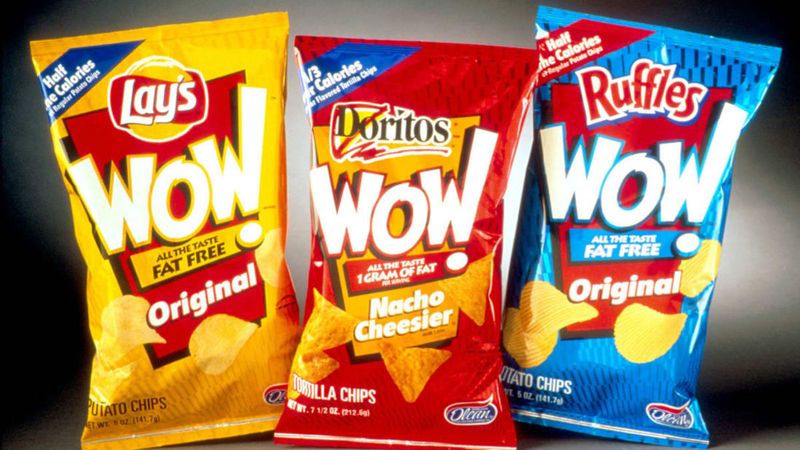
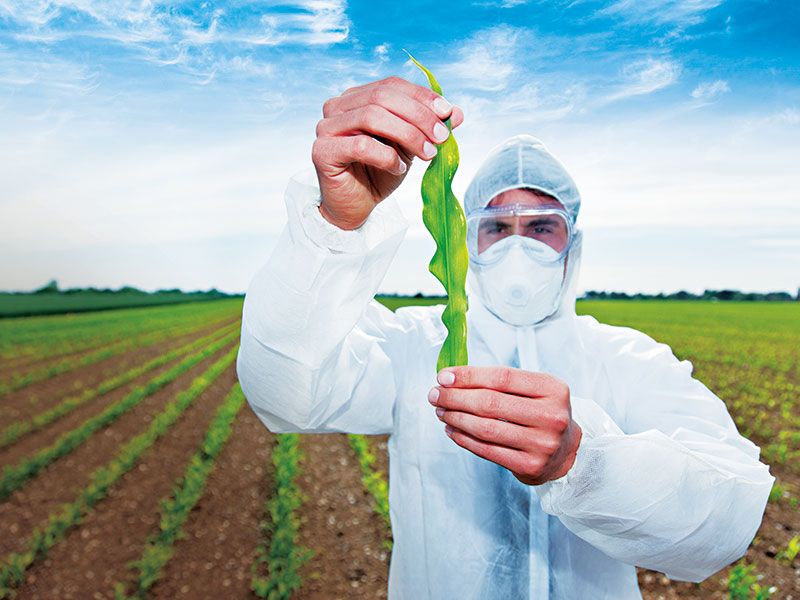
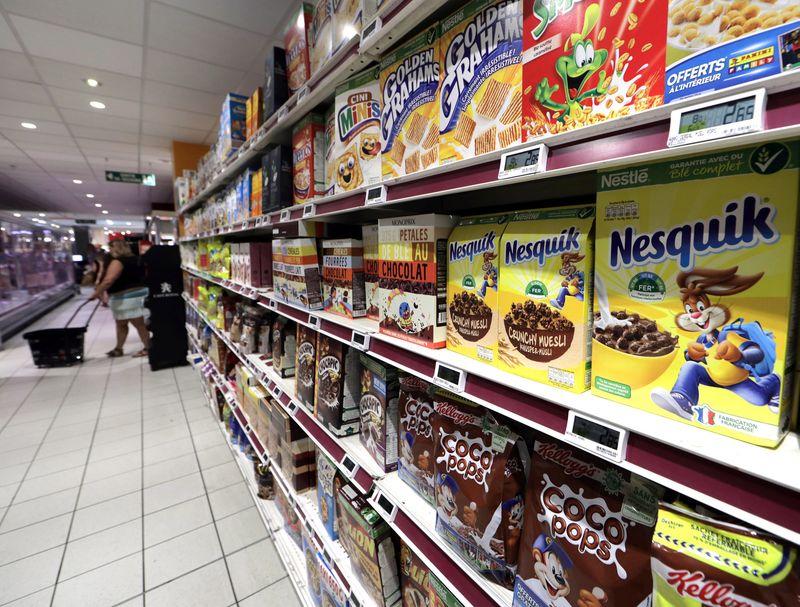
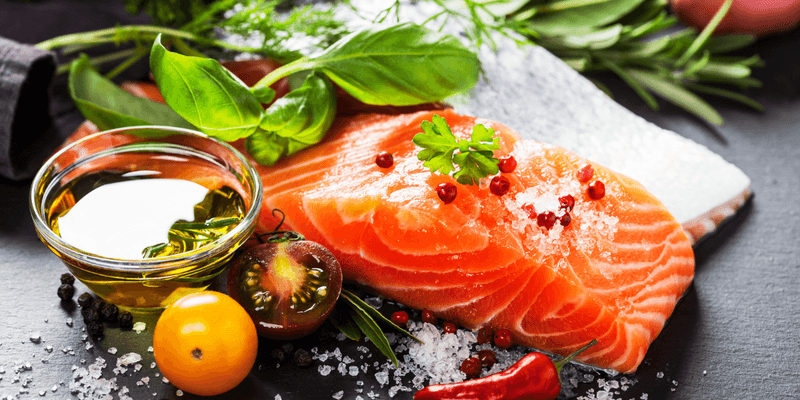
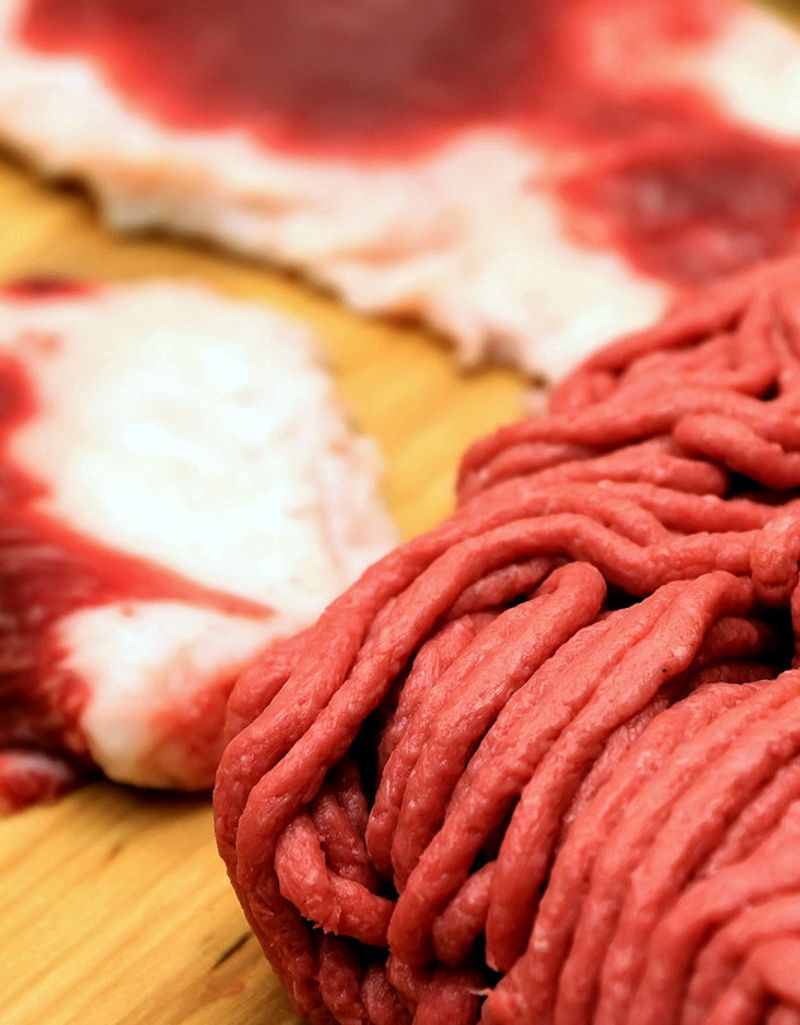
Leave a comment